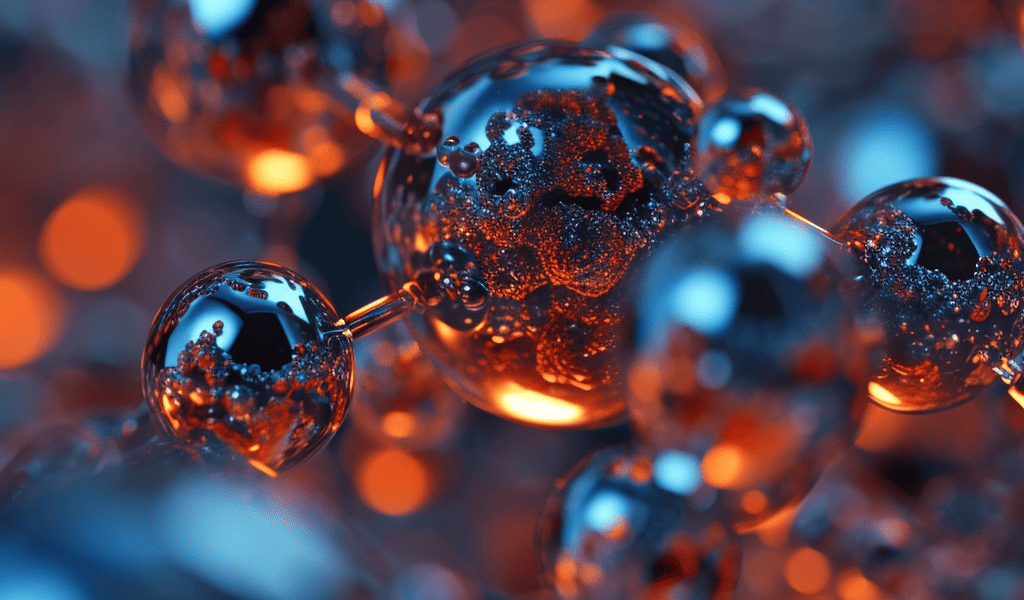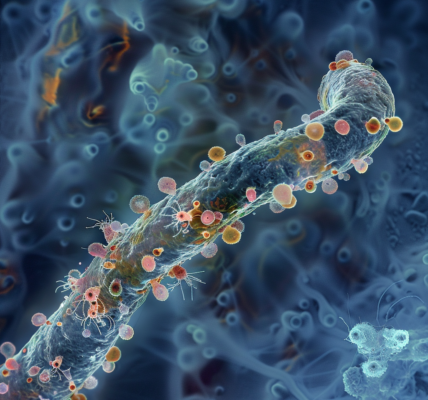Study Reveals Chemical Bonding Responsible for Sodium’s Transformation Under High Pressure
A recent study led by the University at Buffalo has shed light on the chemical bonding responsible for sodium’s transformation from a shiny metal to a transparent insulator under high pressure. This transformation, which occurs deep below the Earth’s surface and within the cores of stars and planets, has intrigued scientists for years.
The research, published in Angewandte Chemie, a journal of the German Chemical Society, utilized quantum chemical calculations to analyze the behavior of sodium under extreme pressure. Contrary to previous theories that suggested high pressure forces sodium’s electrons out into the spaces between atoms, the study revealed that these electrons remain chemically bonded to the surrounding atoms.
According to Eva Zurek, Ph.D., a professor of chemistry at the UB College of Arts and Sciences and co-author of the study, the findings have broader implications beyond understanding sodium’s behavior. Zurek stated, ‘Predicting how other elements and chemical compounds behave at very high pressures will potentially give insight into bigger-picture questions, such as the interior of a star, the generation of planets’ magnetic fields, and the evolution of stars and planets.’
The study not only confirms the theoretical predictions of the late physicist Neil Ashcroft but also expands on the groundbreaking work he conducted with Jeffrey Neaton two decades ago. While it was previously believed that materials always become metallic under high pressure, Ashcroft and Neaton’s research revealed that certain materials, including sodium, can become insulators or semiconductors when subjected to extreme pressure.
Stefano Racioppi, Ph.D., the lead author of the UB-led study and a postdoctoral researcher in the UB Department of Chemistry, emphasized the significance of the research, stating, ‘Our work now goes beyond the physics picture painted by Ashcroft and Neaton, connecting it with chemical concepts of bonding.’





